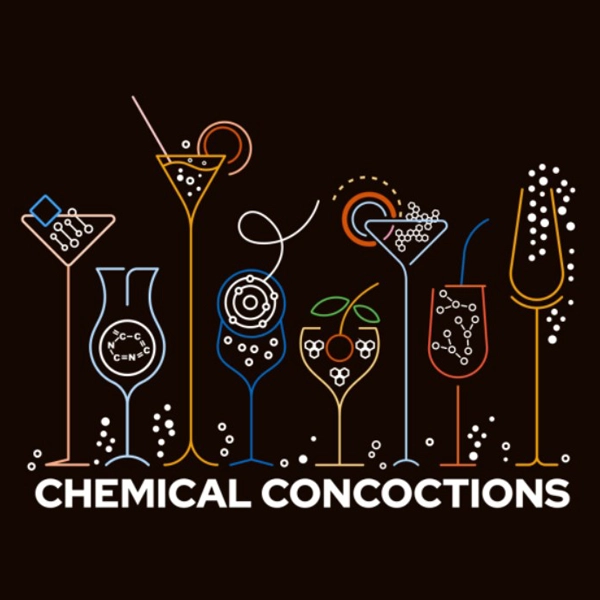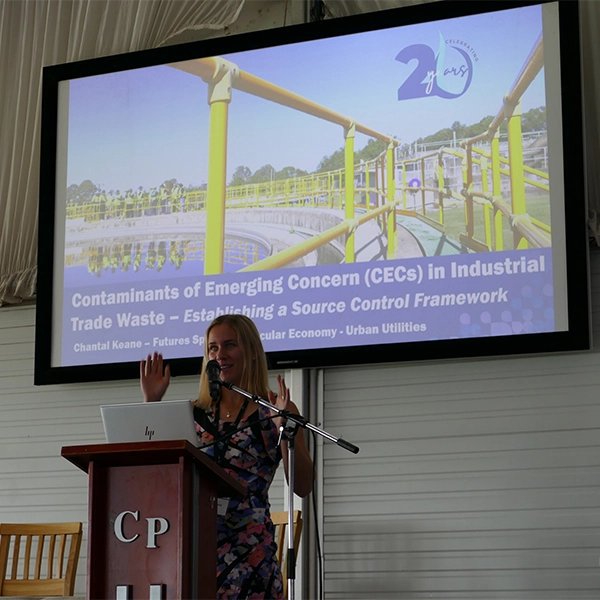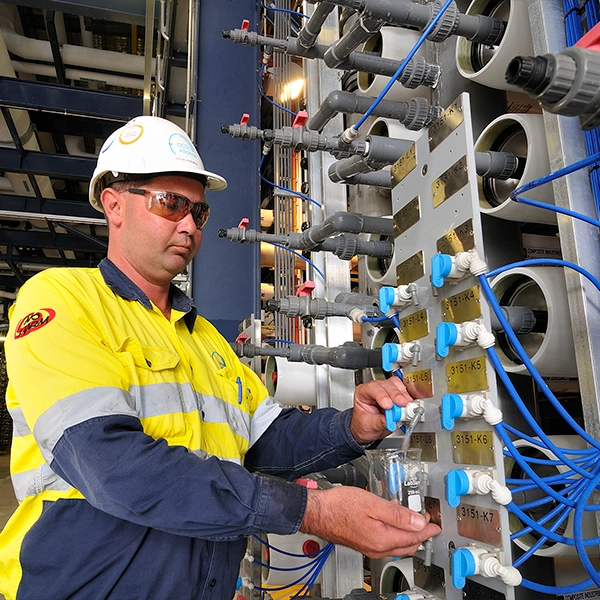Chemicals of Concern
Contaminants of emerging concern are an increasing issue for the local government water sector as community and regulator expectations increase and the ability to detect trace chemicals improves.
Costs of dealing with contaminant issues will increase but can be mitigated through joint action and collaboration in national and international initiatives for research, policy and advocacy. In 2019, the qldwater Sewage and Water Environmental Advisory Panel recommended the formation of a Consortium to influence state and national policy, research and communications to lead future discussions about contaminants affecting Queensland Water and Sewerage Service Providers, leading to the formation of the qldwater Consortium on or Research and Advocacy on Contaminants (qCRAC).
Follow this link for a wealth of resources relating to Chemicals of Concern.
Chemcical Concoctions Website
The group developed an educational website to inform people about the chemicals hiding in our homes, resulting in the Chemical Concoctions website. The website is focused on six classes of chemicals including PFAS, Antimicrobials, Flame retardants, Bisphenols and Phthalates, Microplastics and Pharmaceuticals that can be found in items around the home. It includes rollover images linking to more information in the following rooms:
From non-stick pans and baking trays to all those modern conveniences like microwave popcorn, plastic wrap and take-away food containers, our kitchens harbour a lot of nasties.
Flame retardants in curtains, rugs and furniture and volatile organic compounds in paint are included in the lounge room concerns.
The bathroom contains a whole host of concerns ranging from pharmaceuticals to beauty products and more.
The rugs, curtains and mattresses in our bedrooms contain flame retardants and "budget" furniture has led to unwanted furniture piling up in landfill.
The chemicals we use for cleaning and washing are displayed in the Laundry room.
The Garden Shed page lists things lings pesticides, herbicides and even microplastics from whipper snippers!



